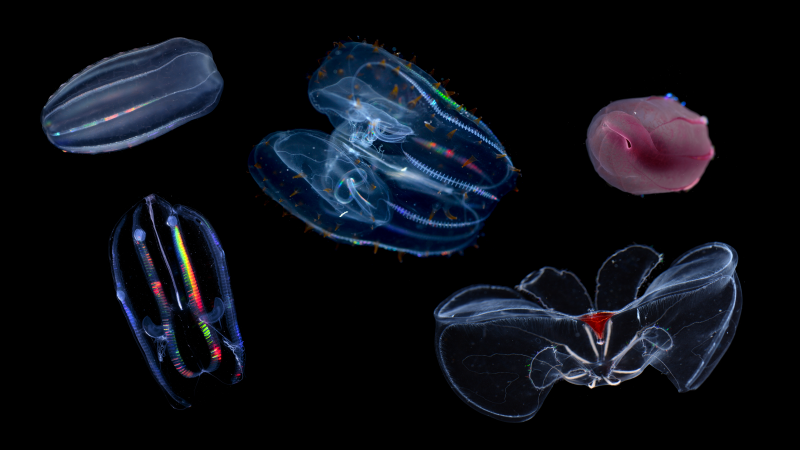New research conducted by scientists using NSF facilities has shed light on how ocean creatures have adapted to thrive in vastly different environments. The study has also provided insights into the inner workings of the human brain. Researchers from various disciplines of biology utilized tools provided by the NSF-supported Center for High-Energy X-ray Sciences at the Cornell High Energy Synchrotron Source to investigate deep-sea and shallow-water comb jellies.
These comb jellies were found to have adapted by developing differently shaped lipid molecules in their cell membranes. This adaptation allows the cells of comb jellies to form membranes with an optimal level of stability based on their specific environment. If deep-sea comb jellies are brought to the surface, the lack of external pressure causes their membrane structure to break down, resulting in the animals melting. Conversely, the membranes of shallow-water jellies are not dynamic enough to function properly when exposed to deep-sea levels of pressure.
In addition to shedding light on how deep-sea animals survive in extreme environments, the study has also provided insights into human biology and disease progression. Plasmalogens, a type of lipid found in the membranes of deep-sea comb jellies, are also present in abundance in human brains. The loss of these lipids has been linked to disease advancement and aging in humans. Researchers believe that their discoveries regarding plasmalogen structure could provide valuable insights into their role in human physiology and disease development.
Overall, this research highlights how organisms can adapt to different environments through unique structural changes within their cells. The findings could also lead to new treatments for diseases such as Alzheimer’s that involve plasmalogen loss or dysfunction.


